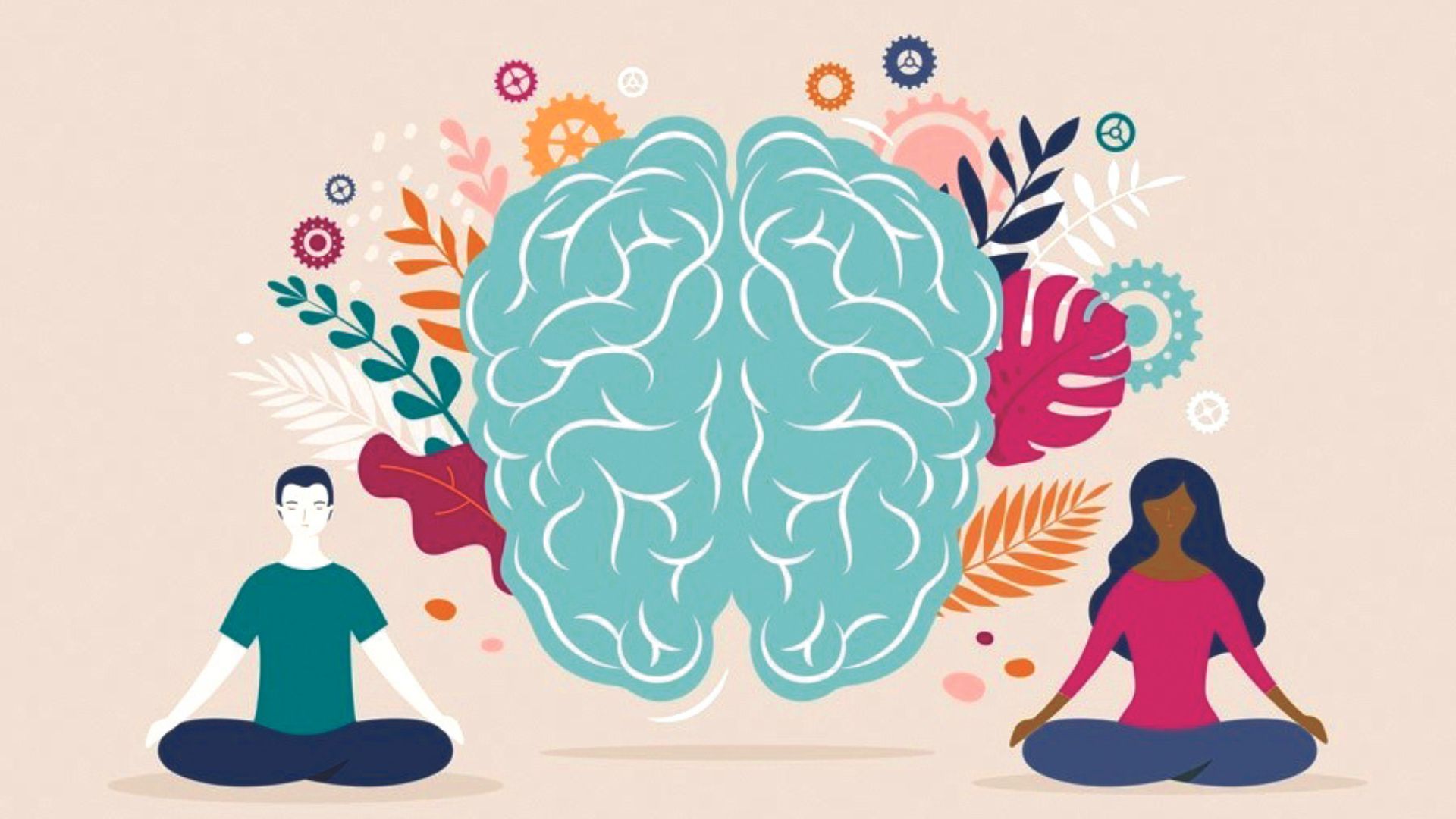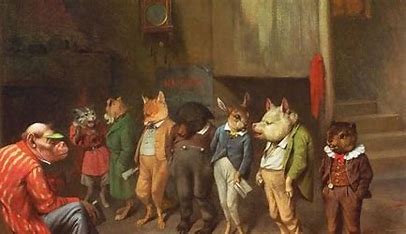
Every civilization has a set of norms for the various stages of life. The passing years put into motion the relentless process of growing old. Religion, philosophy and allied fields grapple with the process of marking the trajectory of human life. Carl Jung has defined the stages of human life using the metaphor of sunrise and sunset. He labels the years from birth to forty as the sunrise stage and the years from forty onwards as the sun set stage. In keeping with his productive alliance with Freud, these stages are more in step with consciousness rather than any external influences. The sunrise years are devoted to the development of the personality while the sunset years are devoted to ‘individuation’ or inner awareness.
For most cultures, the sunset years are ideal for understanding the purpose of life and sharing this wisdom. In the Philippines, it is customary to kiss the hand of elders as a sign of respect for their wisdom. In the native American tribes, elders are responsible for transmitting wisdom to the young. The Indian Ashram system divides life into four ashrams. The first two are for growing up, learning and running a household. The last two, Vanaprastha and Sanyas are for looking inward and attaining mental serenity. Young Indians touch the feet of the elders for their sagacity.
Recently, a trend contrary to the calm acceptance of aging has been witnessed. R.N. Butler termed this attitude ‘ageism’, defining it thus: “Ageism reflects a deep-seated uneasiness on the part of the young and middle-aged—a personal revulsion to and distaste for growing old, disease, disability; and fear of powerlessness, uselessness, and death”. Ageism is bigotry, quite like racism or sexism. It can threaten the way a society receives the wisdom of the aged. Of course, one understands the reasons for this attitude; after all, nobody looks forward to the decline of youthful beauty and energy!
Given the fact that by the year 2030, twenty percent citizens of thirty-four countries of the world will be over sixty-five years, we need to examine and understand our view of the elderly or super-agers. The attitude of the seniors too requires some contemplation since many times the fact of aging is not accepted with grace. Mark Twain has it right when he says, “Wrinkles should merely indicate where the smiles have been”.
In the interest of an ambient zeitgeist, every individual needs to review and rewrite the opinion held of this process that is inevitable and natural. “Getting old is like climbing a mountain; you get a little out of breath, but the view is much better!” said Ingrid Bergman. It is true that there are small irritants along the road but the path does hold compensations in the shape of dilution of responsibility and the freedom to pursue desired goals. It is essential to beautify and preserve the physical form while it is a part of one’s existence but this aspect is not the first priority as one ages. The sunset phase can be a time of immense peace and joy when one is in the appropriate frame of mind.
“There is a fountain of youth: it is your mind, your talents, the creativity you bring to your life and the lives of people you love. When you learn to tap this source, you will truly have defeated age,” said Sophia Loren. So, are you old or are you a classic?















